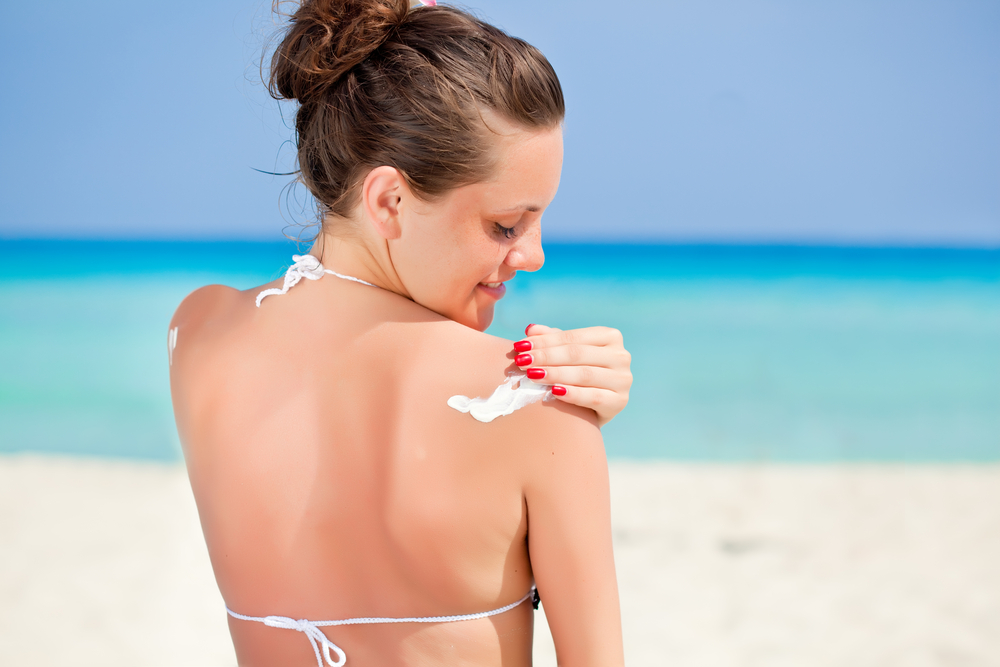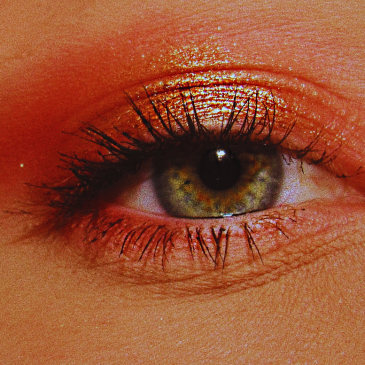As it turns out, sun rays aren’t as bad as they are said to be. However, it’s still worth being aware how to expose our body to the sun the right way. Slightly tanned skin looks prettier and younger, indeed. Moreover, the sun helps reduce acne, soothes psoriasis symptoms and encourages vitamin D production. However, don’t forget that long sun batching can harm your skin considerably. Learn a few the rules of safe sunbathing.
Sun protection
Can you believe that 69% of us don’t use any sun protection at all? It’s reprehensible! If you care for having beautiful suntan and healthy skin, you should comply to the following rules.
- Every single day use sunscreens. Drug stores sell products containing mineral and chemical filters – just choose the most appropriate one for you.
- Don’t sunbathe between 11:00 a.m.and 4:00 p.m. This is the very time of the day when UV radiation is the most damaging so it can harm your dermis considerably.
- Cover all your moles and lesions. It would be even better if you visit a dermatologist before the summer season is on for good. The doctor will use a special device, a dermatoscope, to check out whether your beauty spots are malignant skin lesions or not.
- Wear a cartwheel hat. In this way you will protect your head against overheating, hair against dehydration and skin against sunburns.
- Drink a lot of water. It’s the best way to replenish your skin with hydration during the summer heat. Every day you are supposed to consume approximately 1 litre of still mineral water.
Sun protection filter vs. skin phototype
As you probably know this issue from the Biology classes, we distinguish a few skin phototypes. They determine which kind of sun protection you should choose. Therefore, while buying cosmetics featuring sunscreens, pay attention to the following markings: SPF (protection against UVB radiation), PPD and IPD (protection against UVA radiation), chemical filters (absorb UV radiation and transform it into warmth), mineral filters (they create a layer on skin thanks to which sun rays beam off and don’t penetrate dermis). Which sun protection filter does match your skin phototype? Choose among:
- higher than SPF 30; it’s perfect for I type of complexion. This phototype can be recognized by freckles, either blonde or red hair as well as by very pale complexion which is hard to get suntanned, yet it is easily affected by sunburns;
- higher than SPF 20; recommended for fair skin which gets suntanned but slightly, is sunburn-prone and doesn’t feature freckles. This kind of skin reaction is typial for people having II phototype;
- SPF 20-15; is the adequate sun protection factor serving people having III phototype. Their hair is either dark blonde or brown. Skin is rather dark, it suntans fast and rarely experiences sunburns;
- SPF 12-15; it the optimal sun protection for people having IV phototype. Their skin almost never suffers from sunburns, but it’s fast to get suntanned quickly and heavily.
How to use sunscreens?
Apply a cream in approximately 25 minutes before entering a beach. To provide better sun protection, reapply the product every two or three hours. Use the sunscreen also after leaving the water; do it even when your product is labelled waterproof. Remember to shield your lips and hair as well. For that reason, protect them using products featuring UV filters, too.
How to treat sunburnt skin?
If your skin has become red and stings, you feel shievers, your pulse is racing, if you suffer from nausea and vomiting, you probably experience the aftermath of sunburn. What should be done in this case? Visit a doctor who will administer the proper treatment. However, if your skin is just slightly reddened, you can make a good use of home remedies. For example, you should take a cool shower and apply a moisturising and soothing balm. It’s also a good idea to coat the sunburns with kefir or other cooling preparations.
You can be effectively discouraged from the excessive sunbathing or tanorexia (a mental state of constant urge of being permanently tanned) thanks to life stories and photos; the snapshots should be easily found on the Internet. And how to recognize the aftermath of such a phenomenon? Your skin is ageing in the rapid pace, you can see your dermis becoming covered with discolourations and new beauty spots, you experience the signs of skin cancer, your organism is fast to get dehydrated, it’s highly possible for you to suffer stroke.




Leave a Reply